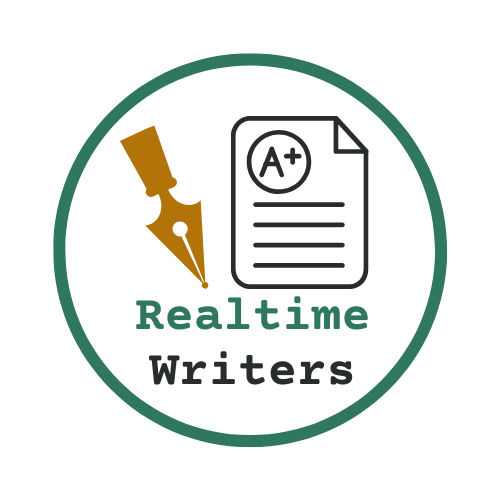Legal Institution and Processes
Description
HI there, I haven’t attached my first assessment that ties to this 2nd assessment, however I have attached instructions from Assessment 1 that ties to Assessment 2. I failed miserably in my first assessment as most of my content was generalised instead of writing down facts to corresponds with factual scenario. I hope you can help. I would appreciate your help. IF need to be I can send my first paper through. Below are the requirements in referencing. Referencing Law assessments must be referenced in accordance with the Australian Guide to Legal Citation(AGLC). The latest edition of the AGLC can be obtained from Melbourne University Law Review, Law School, The University of Melbourne, Victoria, 3010 https://law.unimelb.edu.au/mulr/aglc/about. TASK 4 Essay • The notes for Task 2 apply to Task 4 also – with one exception related to paraphrasing • In the essay, in addition to direct quotes, every time you paraphrase an idea or material you must reference the source of that idea or material in a footnote • The footnote must include the pinpoint reference. The pinpoint reference is the paragraph number (if relevant) or page number(s) from where the idea or material has been sourced. • As you are reading your sources at the Annotated Bibliography stage, make a note of the pinpoint reference so, if at the later essay stage, you want to use that idea or material you can seamlessly find and reference it in the footnotes for the essay. Footnote styles • Footnotes are to be placed after punctuation. ◦ Eg: The author suggests ‘people are to avoid crowds’.1 • Example of how to reference a book ◦ George Harrison, Why Crowds are Dangerous (Clowntown, 5th ed, 2017), [1.19]. • Repeat referencing of a source ◦ For repeat referencing use ‘Ibid’ or ‘above n’. You will have to repeat the author’s surname for ‘above n’. ◦ Generally, the rule is to use Ibid when the repeated reference is from the same source as in the footnote directly above, and to use the above n system when the repeated reference is not the same source as in the footnote directly above, but earlier in a footnote. ◦ For more detail, see section 1.4 of the AGLC. • Examples 1. George Harrison, Why Crowds are Dangerous (Clowntown, 5th ed, 2017) [1.19]. ◦ This means the information came from paragraph 1.19 of the book. 2. Ibid. ◦ This means the info came from the above book and the same paragraph.

Leave a Reply
Want to join the discussion?Feel free to contribute!